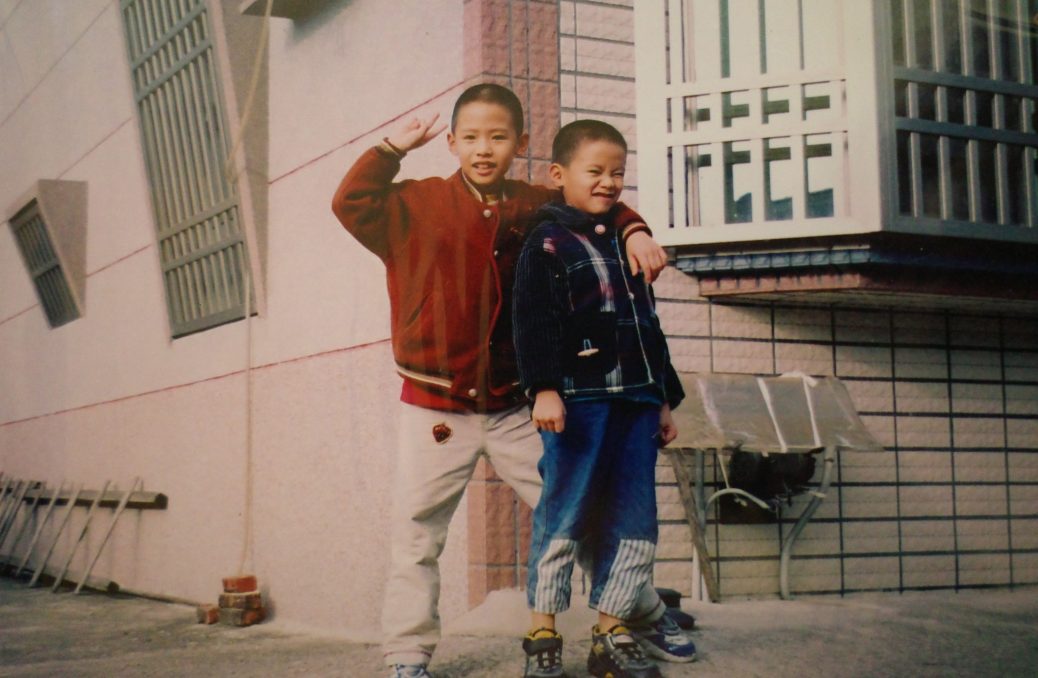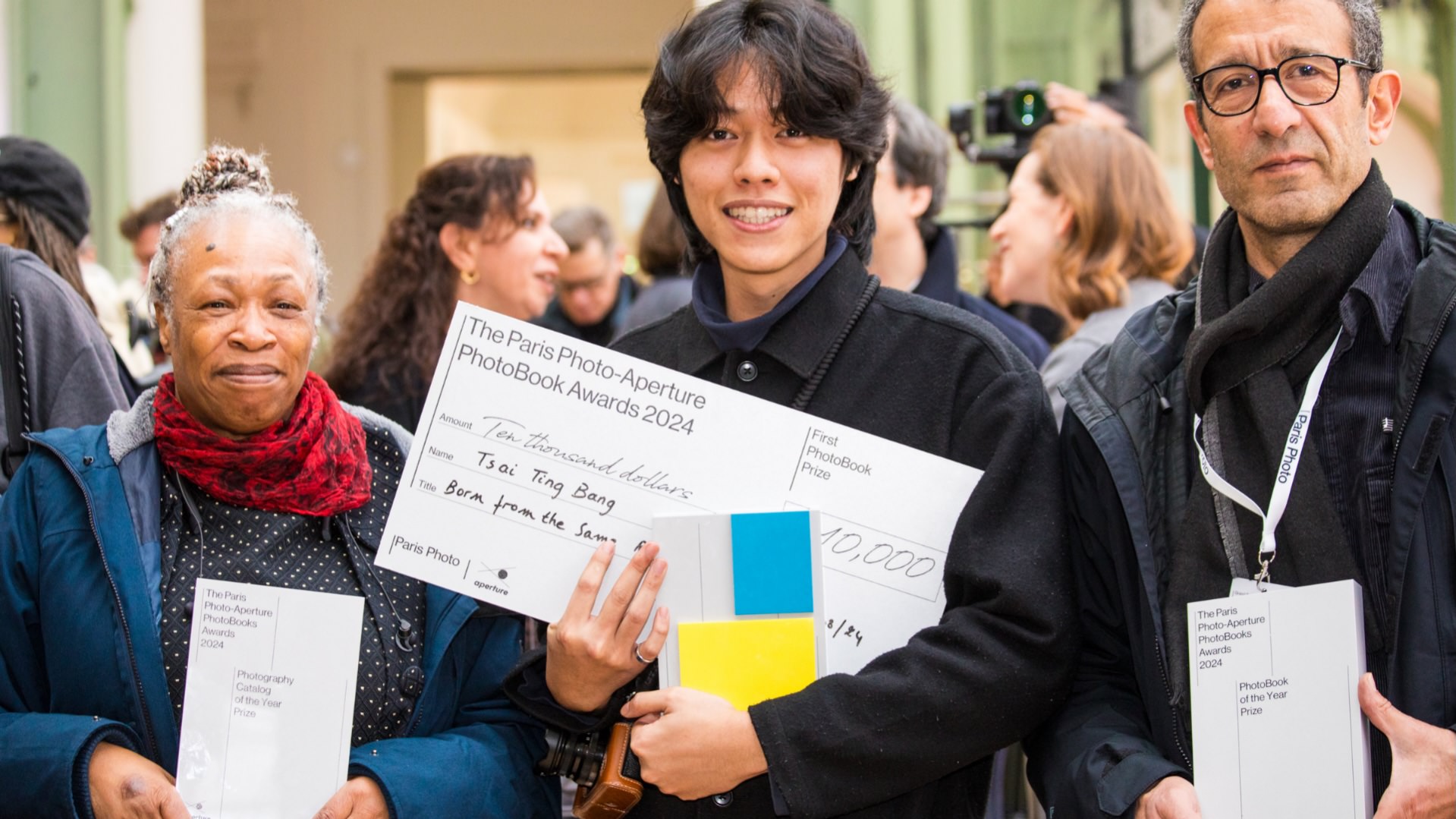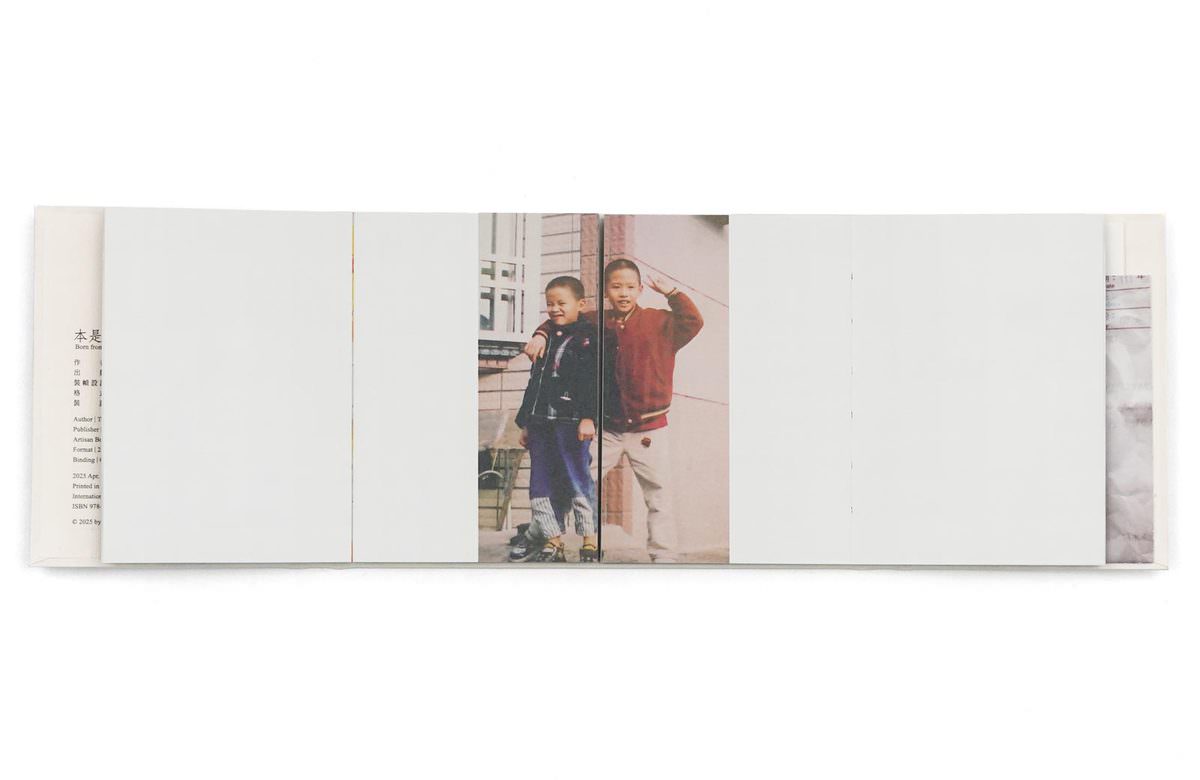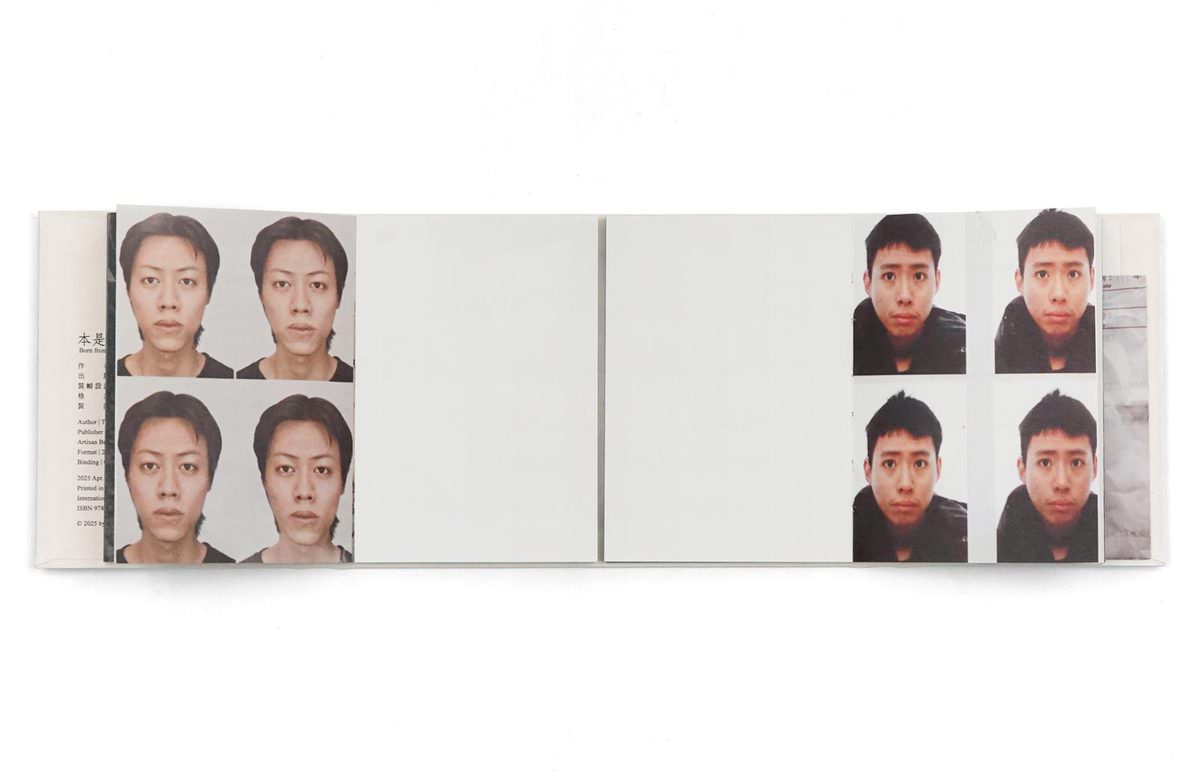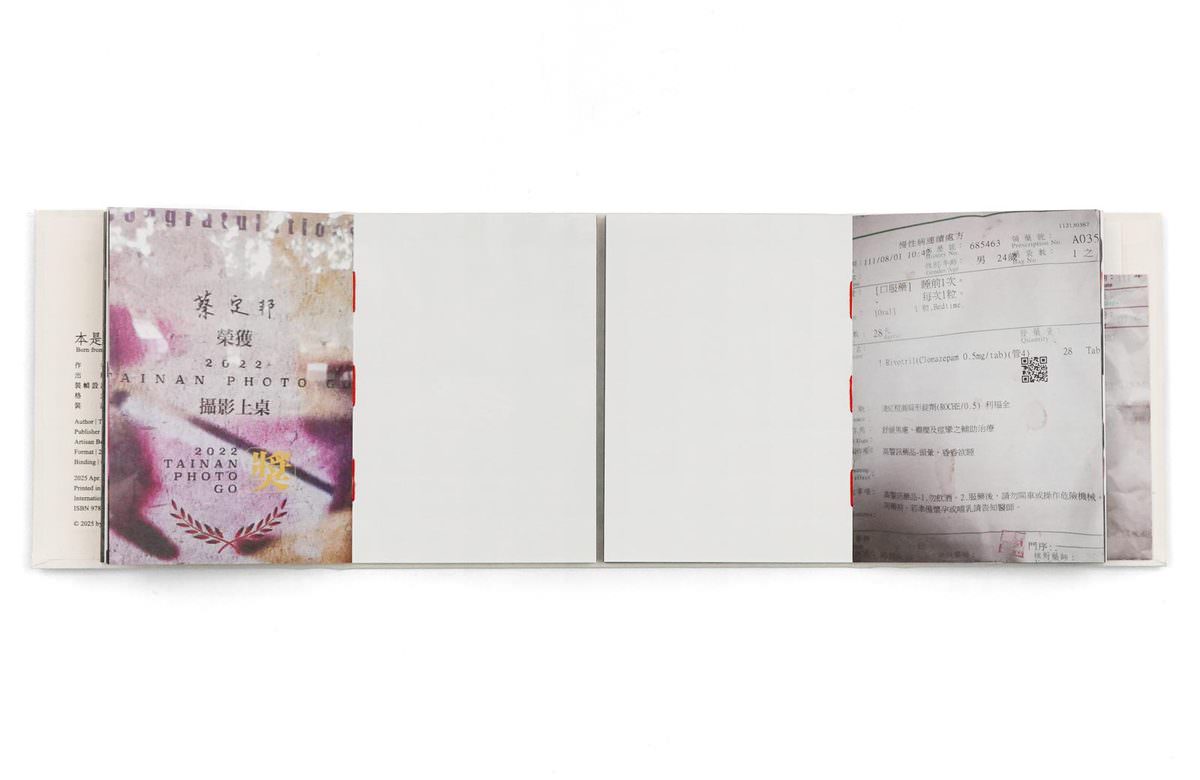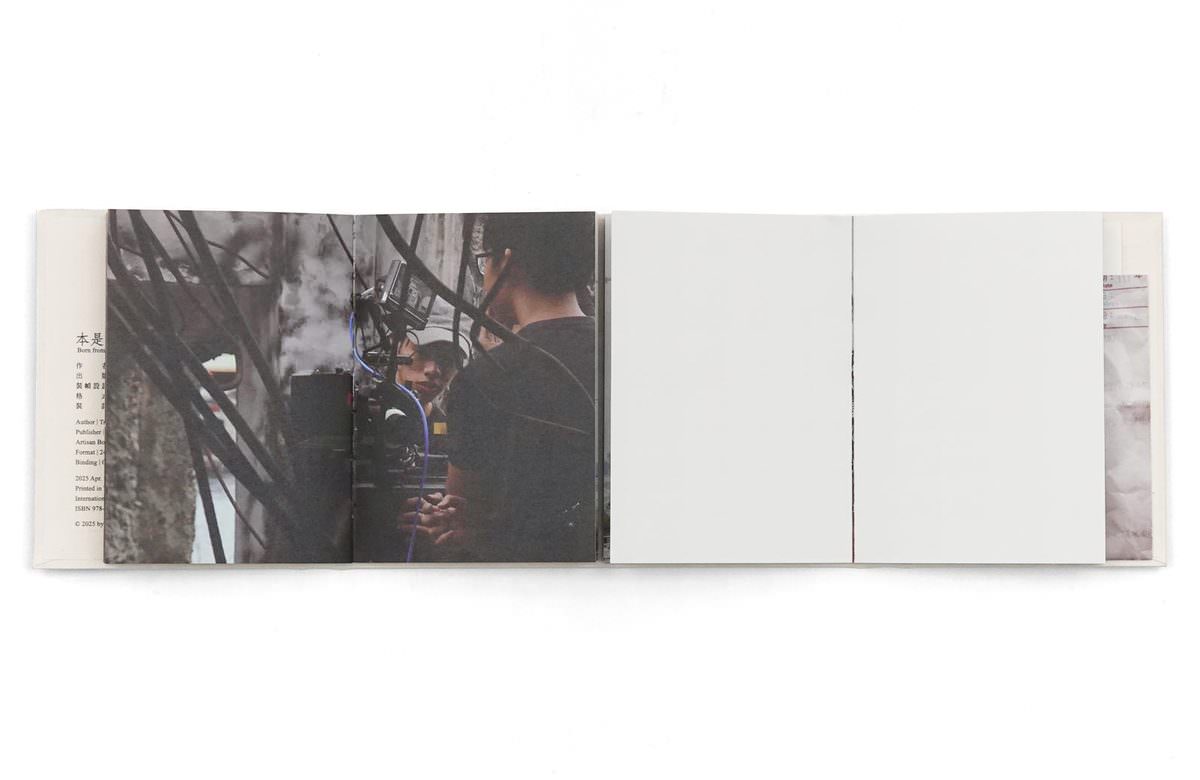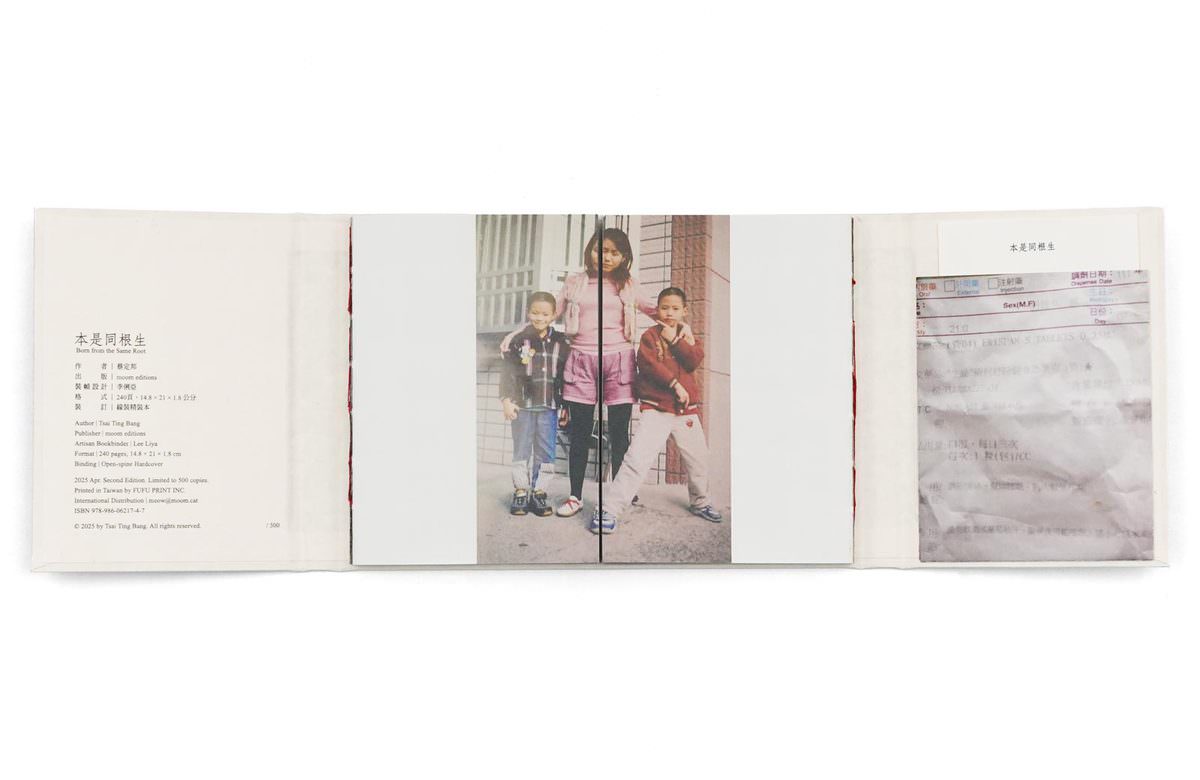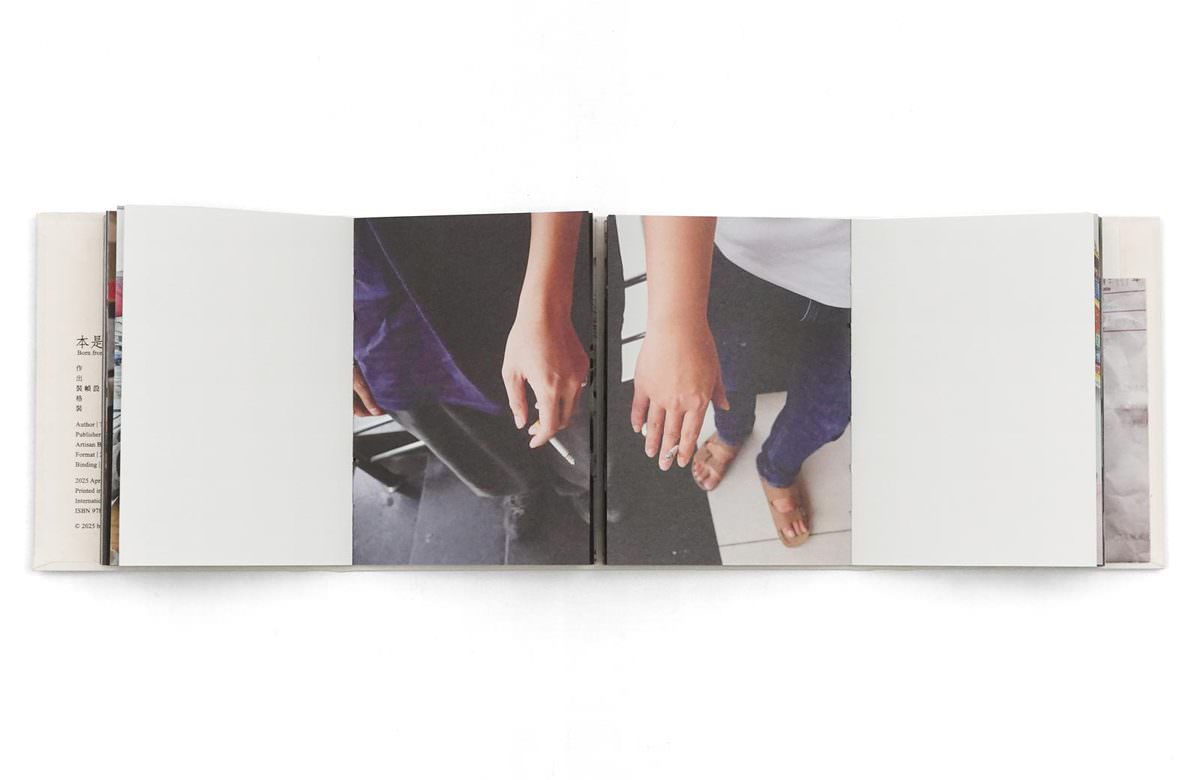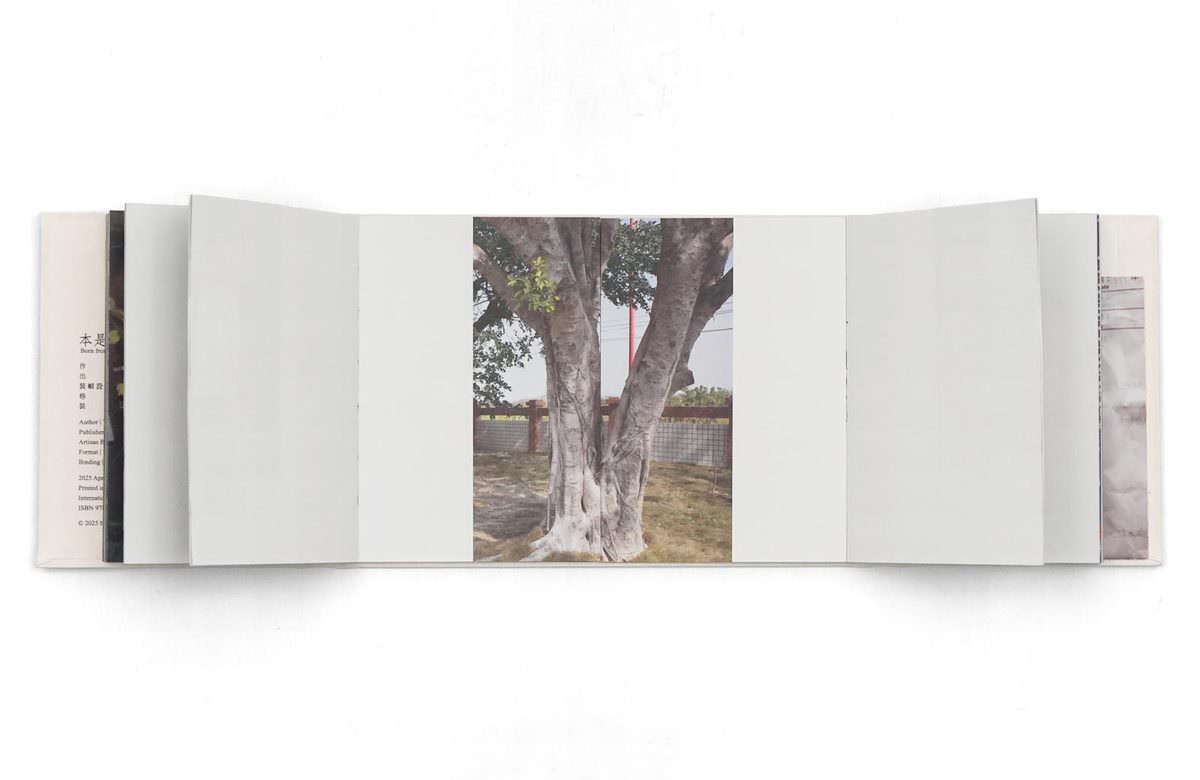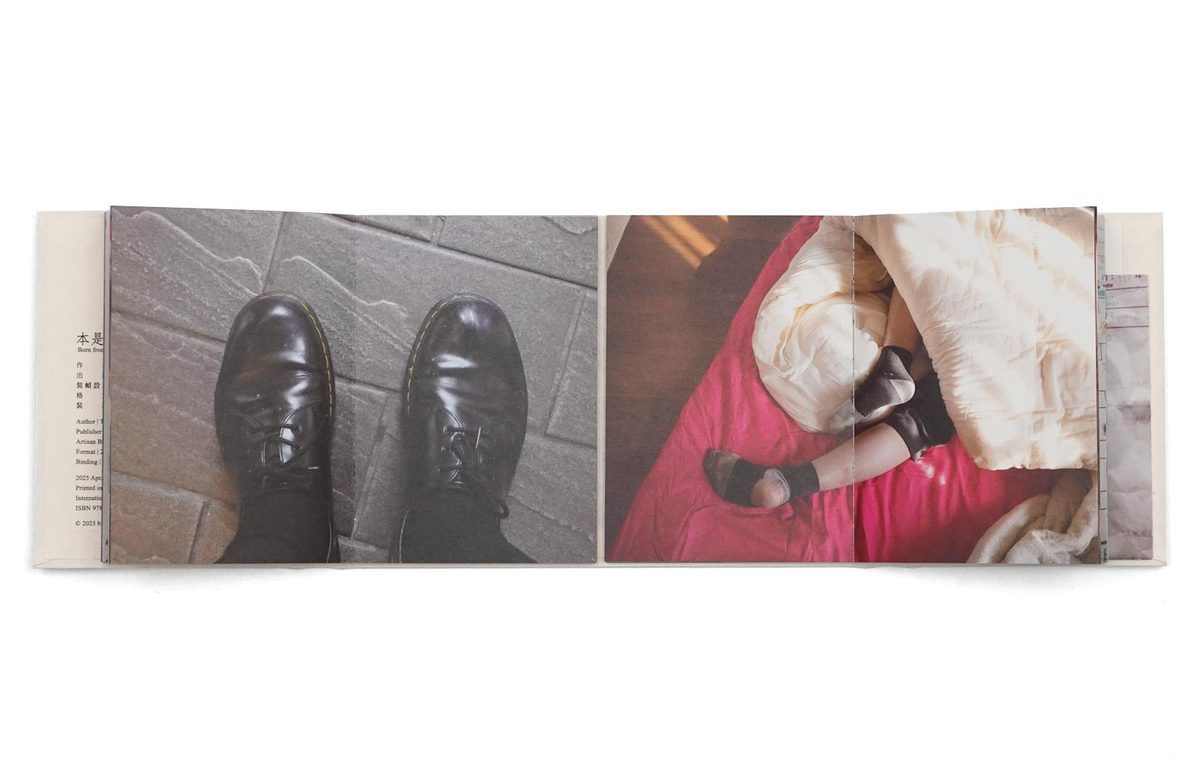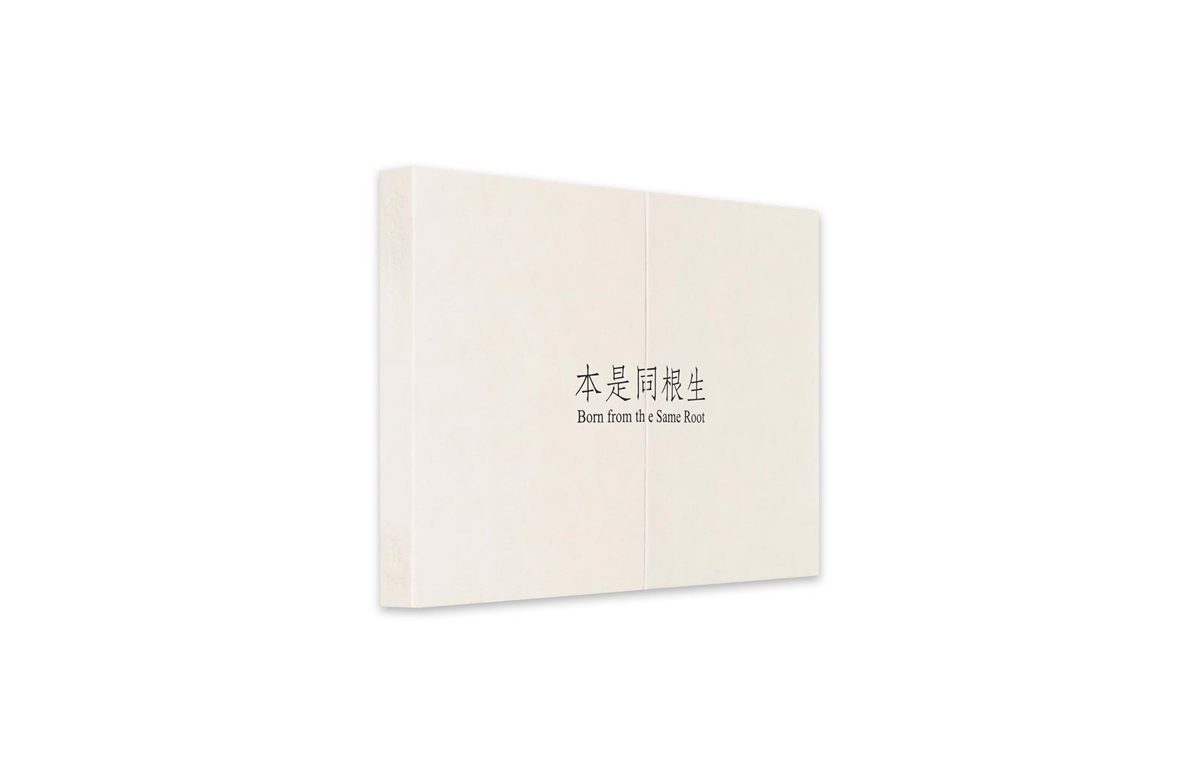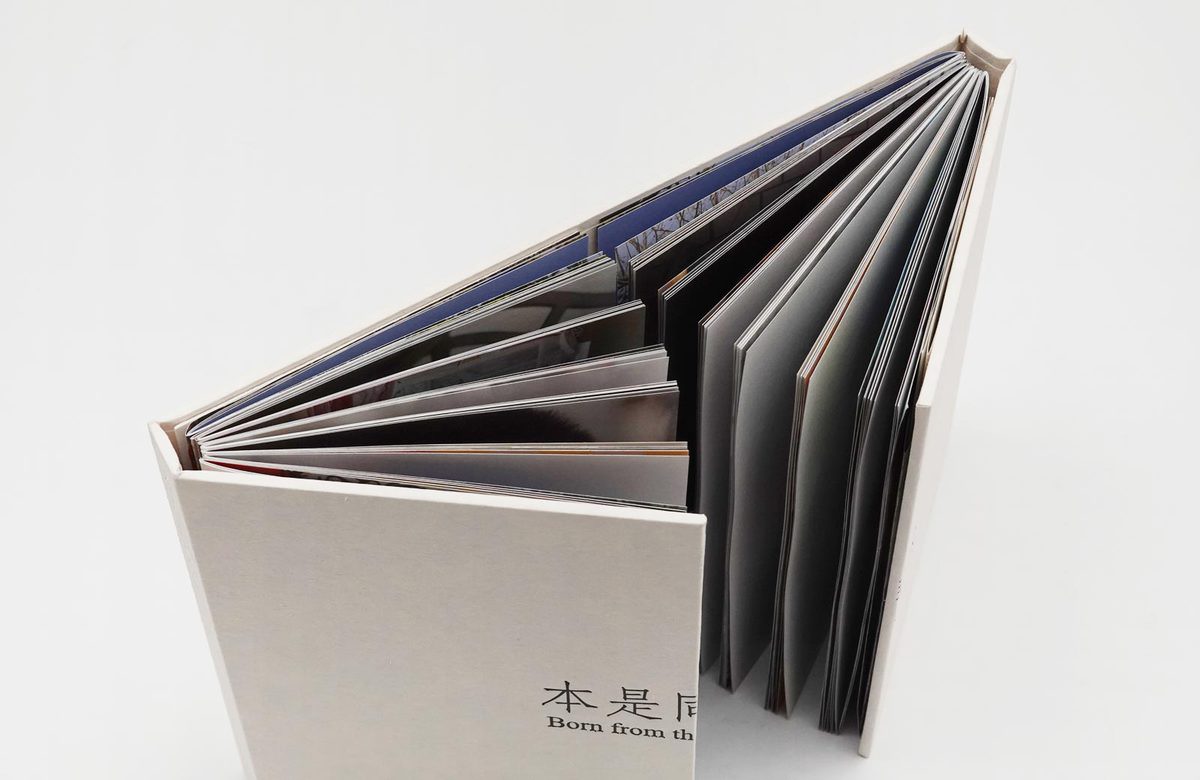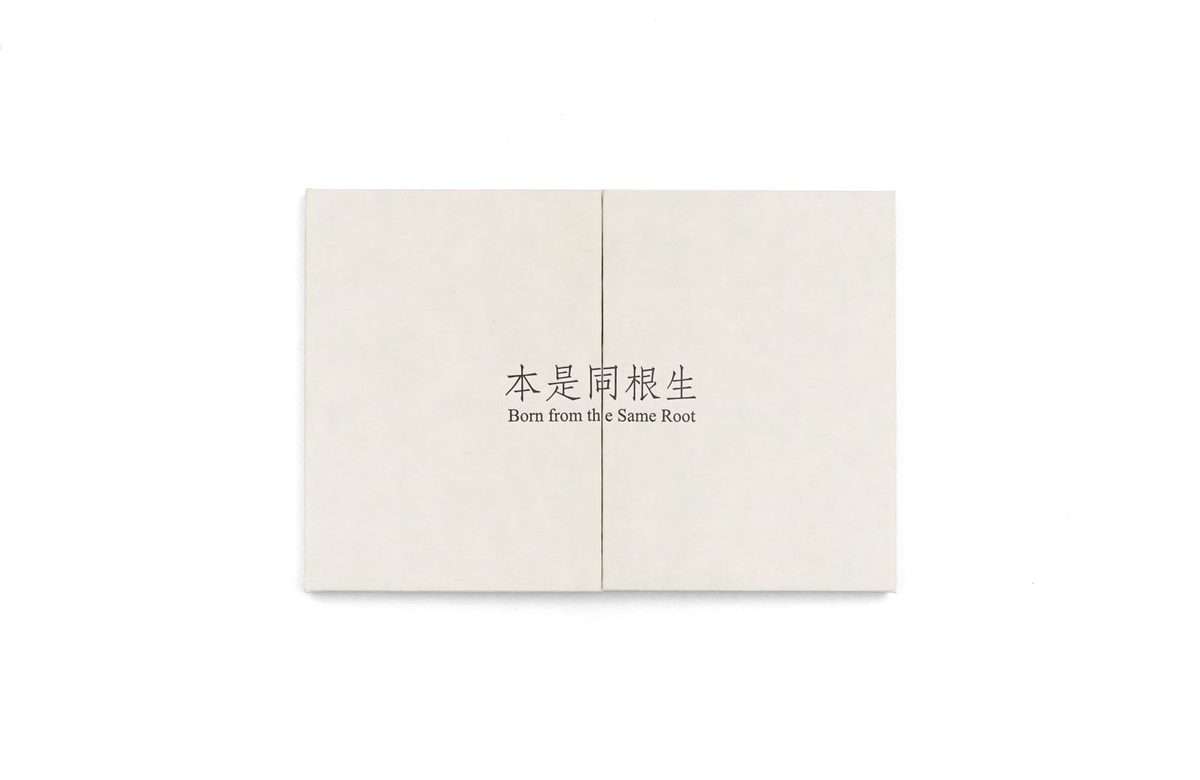Tsai Ting-Bang: Born From the Same Root
Tsai Ting-Bang, known as A-Bang, is the younger brother of A-Hsien, who is just a year older. As children, they were often mistaken for twins; even now, when he looks at old photographs, A-Bang sometimes can’t tell who is who.
Because their parents were busy, A-Hsien was sent to live with their grandmother in Chiayi when he was two. After their parents divorced—when A-Bang was six—he too moved to Chiayi. It was perhaps at that moment that their personalities and destinies began to diverge.
A-Hsien had an extraordinary talent for drawing. The house was filled with his art awards, and as a child, A-Bang was often consumed by jealousy, seeing his brother as a rival. Yet, as they grew older, A-Hsien began to influence him deeply. When A-Hsien was fourteen, he showed his younger brother Ashes of Time by Wong Kar-wai. At first, A-Bang thought it was a terrible film, but A-Hsien kept rewatching it. When asked what was so special about it, he simply said, “It’s cinematic.” It wasn’t until A-Bang turned nineteen that he finally understood what he meant.
At eighteen, A-Bang decided to pursue a career in filmmaking. He asked his brother about his own plans for the future. A-Hsien replied casually, “I’ll figure it out when I get into a car accident.”
After finishing his military service, A-Hsien moved out and cut off contact with the family for three years. He survived doing manual labor. To A-Bang, his brother had always seemed like a genius—someone who already knew all the answers. But whenever A-Bang asked about his goals, the vague answers made him feel like he was ahead, like he was winning.
Then one day, the accident happened.
While A-Hsien was in the hospital, he asked A-Bang to go to his apartment and retrieve some medication. That’s when A-Bang discovered the room filled with medicine bottles: for depression, insomnia, epilepsy, and autonomic dysfunction. He was stunned to realize that his brother’s world was nothing like he had imagined.
Afterward, A-Hsien quit manual labor and moved back in with their mother to begin psychiatric treatment. One day, he told A-Bang that while sitting on the toilet, everything suddenly went black—he felt like death was approaching. Then, just as suddenly, the light returned.
“I just want to live well now,” he said. “Even though living is so painful.”
In that moment, A-Bang let go of his jealousy and his need to compete with his brother.
He proposed documenting A-Hsien’s life, and his brother agreed. A-Bang wanted to record his brother’s solitary struggles and the painful act of surviving—set in contrast with his own pursuit of success through artistic creation. Perhaps A-Hsien was the other side of him, and he, the other side of A-Hsien.
Today, A-Hsien has gained weight, and there’s a dry smudge on his mouth that never seems to go away. Photographing him in this state made A-Bang feel cruel. He questioned himself: is this his artistic work, or simply a way of understanding his brother?
Was it illness that unraveled his brother’s life, or did a life unraveling lead to illness? What forces pushed them—two brothers from the same family—toward such vastly different adulthoods? And what is the true nature of the bond that connects them?
Through photographing A-Hsien, A-Bang searches for answers to these questions.
Born from the Same Root is designed as a gatefold book, with the left side dedicated to the photographer, Tsai Ting-Bang (A-Bang), and the right side to his brother, A-Hsien. The visual narrative moves from family snapshots in childhood to the starkly different realities they inhabit as adults. As the pages turn, the physical divide between the two sides of the book echoes the growing emotional and existential distance between them.
A-Bang pursues worldly success through artistic creation, while A-Hsien, doing manual labor and living with mental illness, embarks on a profound inner search. Yet despite seeming to move in opposite directions, the blood that binds them continues to pull them together.
The first edition of Born from the Same Root was a handmade photobook published by Shuhezi in a limited run of only 100 copies. It received the Singapore Photography Book Award and was shortlisted for the Arles Photobook Award. In 2024, the project won the prestigious Paris Photo–Aperture Foundation Photobook Award, making A-Bang the first Taiwanese creator to receive the prize.
This is the second edition, limited to 500 copies.
About the Author
Tsai Ting Bang, Born in Taoyuan in 1999, of Taiwanese-Vietnamese descent, A-Bang has a primary school education and began his self-taught journey at the age of twelve. His works primarily focus on image and book-based creations. His other works include Mother and Father and Beautiful Aunt Jin Yun.

